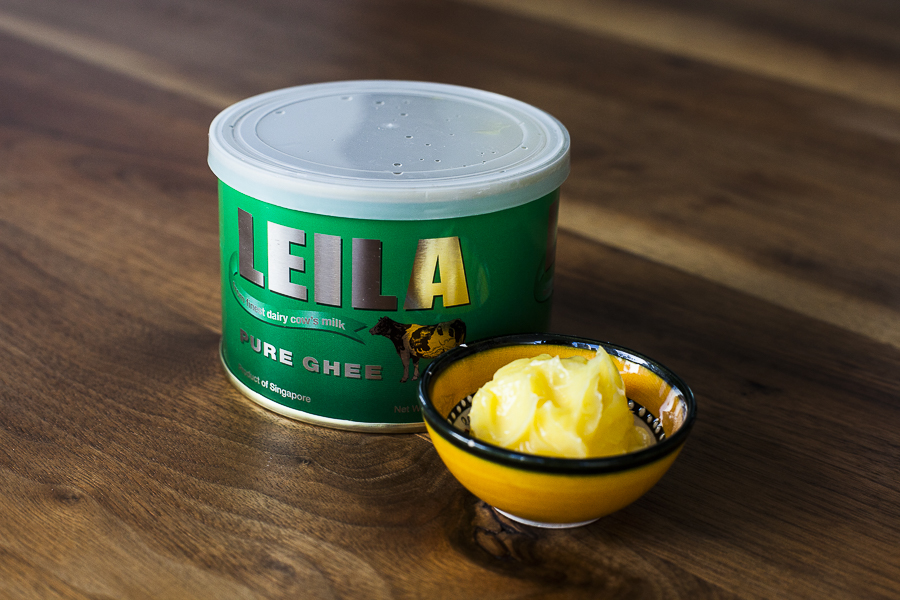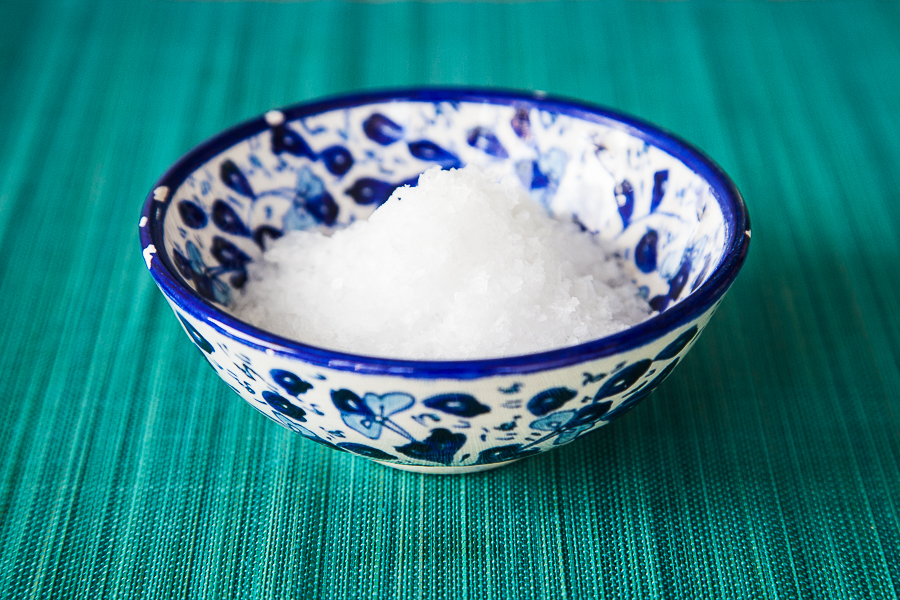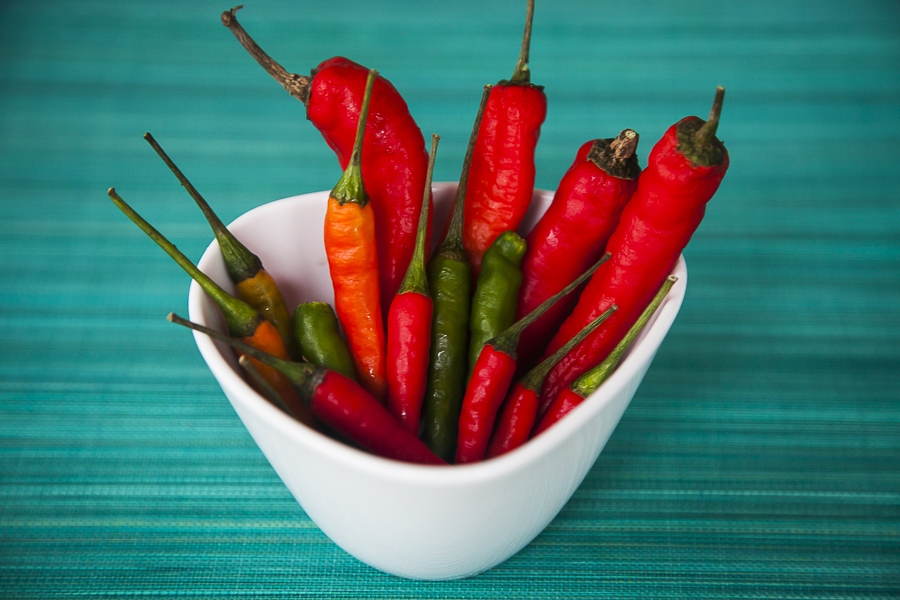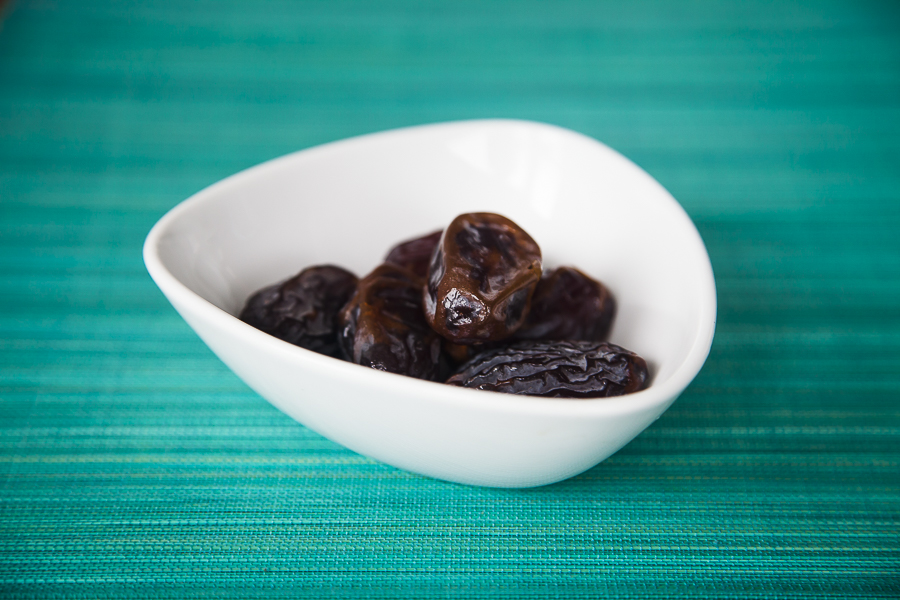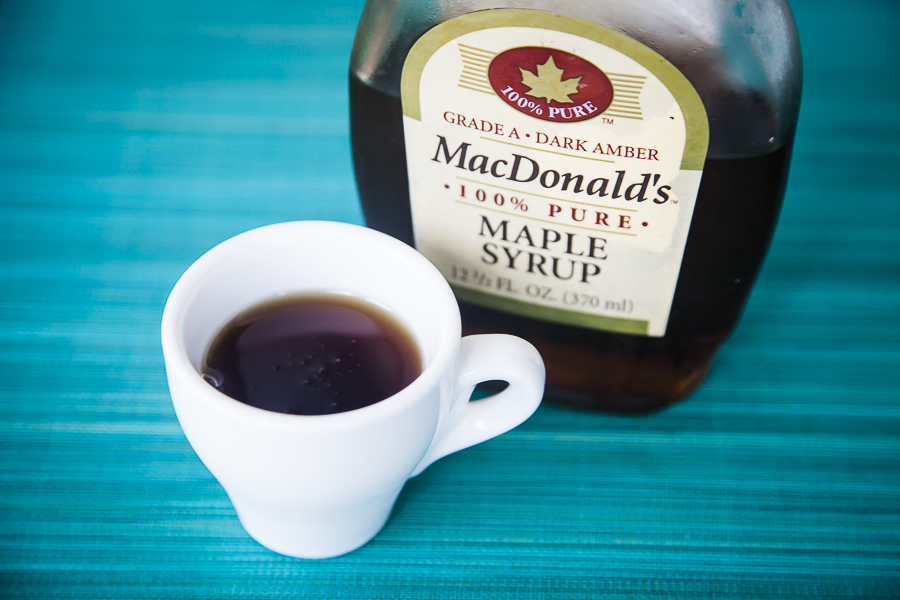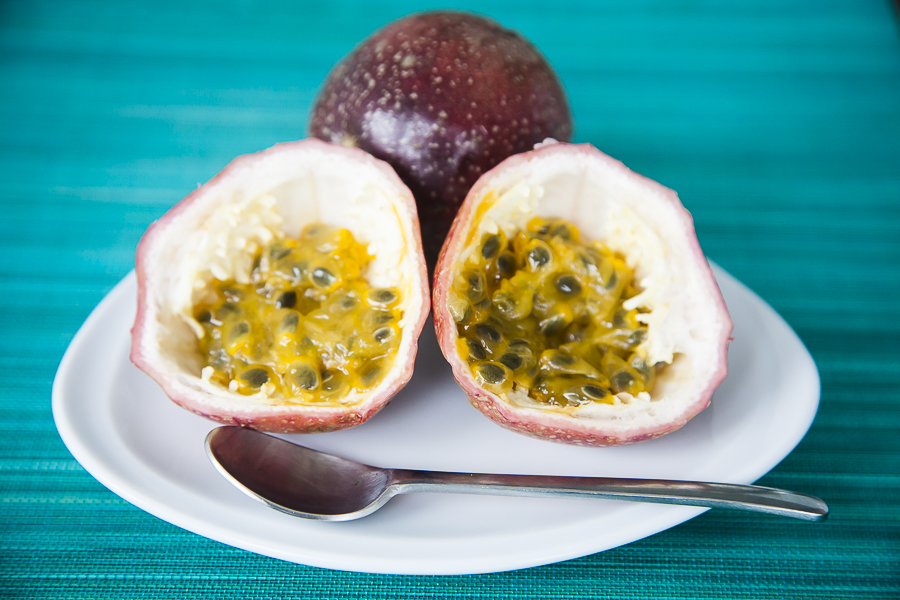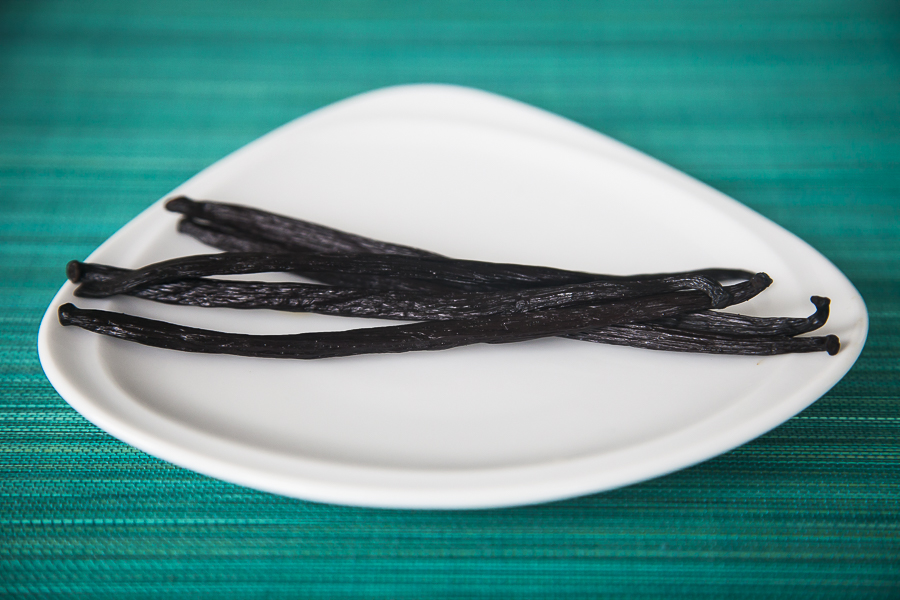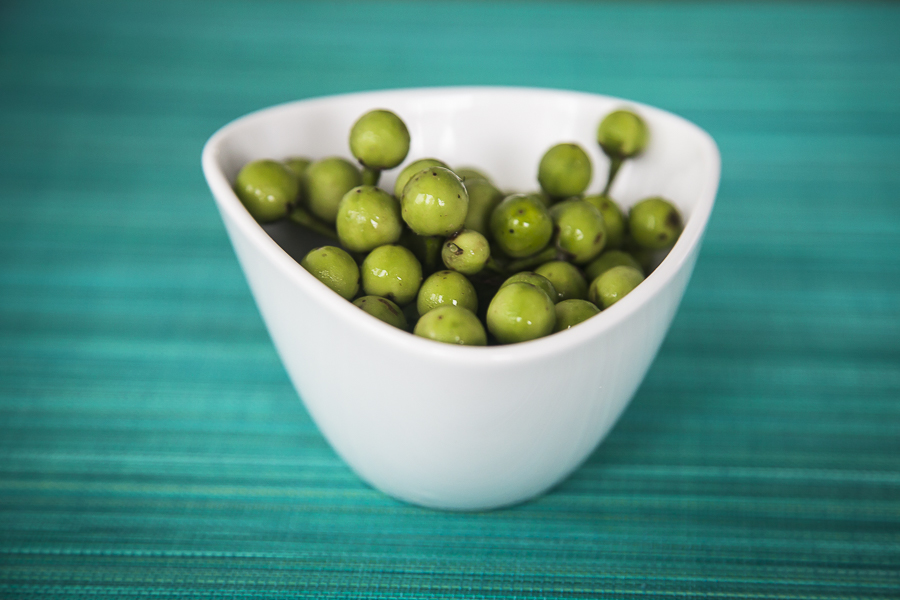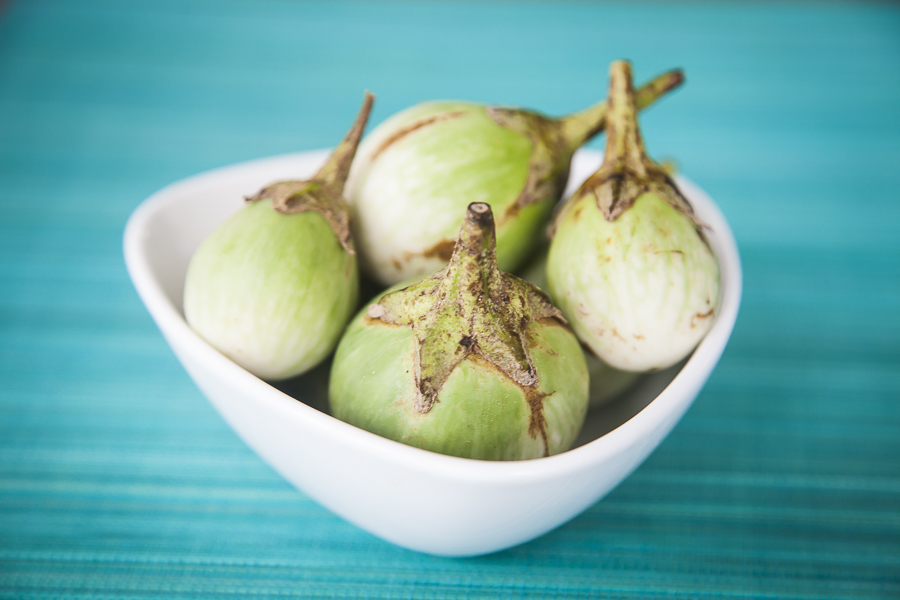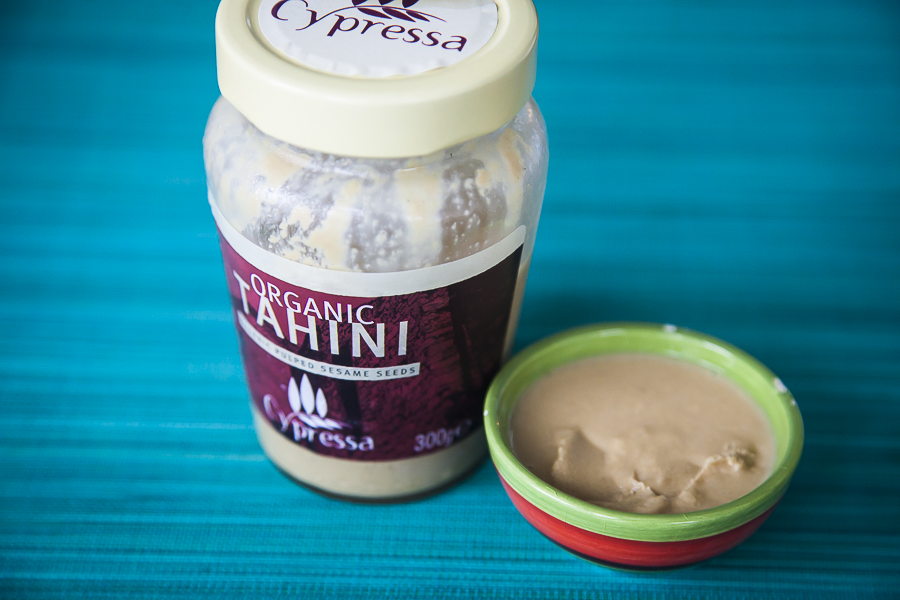Ghee is a type of clarified butter that originated in ancient India and is commonly used in Kurdish, Afghani, Pakistani, Indian, Bangladeshi, Nepali and Sri Lankan cuisine, traditional medicine and religious rituals.
Ghee is prepared by simmering butter and removing the residue. The texture, color, and taste of ghee depend on the quality of the butter and the duration of the boiling.
Ghee is made from butter but the milk solids and impurities have been removed so most people who are lactose or casein intolerant have no issue with ghee.
Ghee can be used for frying because its smoke point is 250 °C, which is higher than typical cooking temperatures.
We use Ghee sparingly when cooking Indian food, and for some dishes where pan frying is required. Ghee gives a delicious buttery, nutty taste, but could be substituted with Coconut Oil if you prefer.

